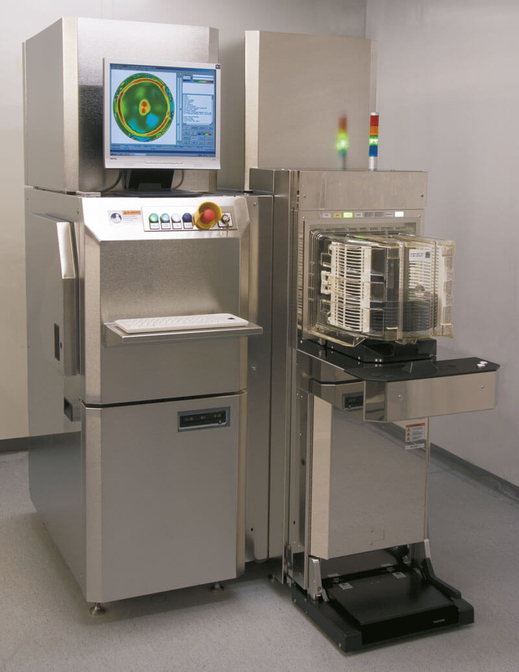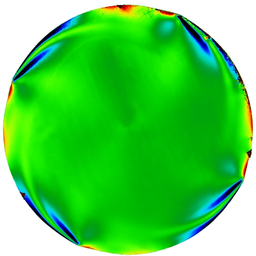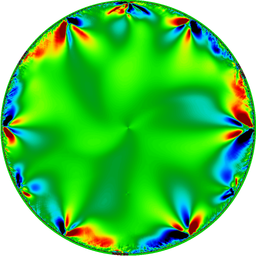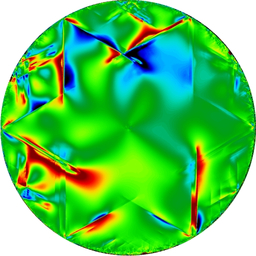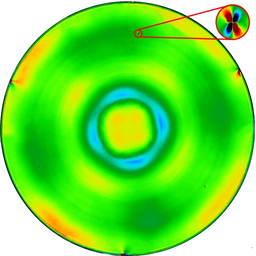- PVA TePla Korea
- Products
- Overview Wafer Metrology Products
- Metrology Systems Laser
Residual stress states are “fingerprints” that give an insight into the formation or use of a material or component. Their analysis is essential, for example in order to identify local stress states and defects on semiconductor substrates and component structures or to optimize production processes on the basis of information on stress states and defect distributions. This is made possible by the SIRD (Scanning InfraRed Depolarization) system from Metrology & Plasma Solutions that operate entirely without contact or destruction.
SIRD is a polariscope that can make visible stresses in materials that are transparent for the examination wavelength (e.g. silicon). The effect of stress-induced birefringence is used here: Defects and material inhomogeneities are often accompanied by stress fields whose spatial expansion is several times greater than that of the cause itself. <br/> If a material is exposed to shear stresses, its refractive index becomes anisotropic and the material becomes birefringent. Incident linear polarized light (laser) is therefore depolarized by the sample in transmission or reflection. Consequently, the obtained depolarization maps of SIRD can be interpreted as shear stress distributions.
Intelligent software solutions help the SIRD system to convert the obtained maps into interpretable results efficiently.
-
SIRD Stress Measurement
SIRD (Scanning InfraRed Depolarization) system is a transmission dark-field plane polariscope. When the machine is in use, a fixed-position, linear polarized laser beam penetrates the wafer to be examined. If its crystal structure is perfect and stress-free, the polarization of the laser beam does not change. However, if there are shear stresses or defects in the crystal, the laser beam undergoes depolarization caused by stress-induced birefringence.
Function at a Glance:
- The SIRD operates in a similar way to a record player: the wafer rotates on a rotary table and is intermittently or continuously (spiral mode) moved in a radius direction
- The data is recorded in line with a preset measuring protocol; the minimum and maximum radius are each freely selectable
- The measuring time is determined by the selected lateral resolution (≥50 µm) and the scanning speed (max. approx. 1 cm² s⁻¹)
- The most important measuring results are present as maps of depolarization and transmission
SIRD operates in line with the ARD (Alternating Retarder Depolarization) principle. This allows the discrimination of depolarization components not caused by birefringence. Consequently, it is possible to see even the tiniest stress differences (>100 Pa).
